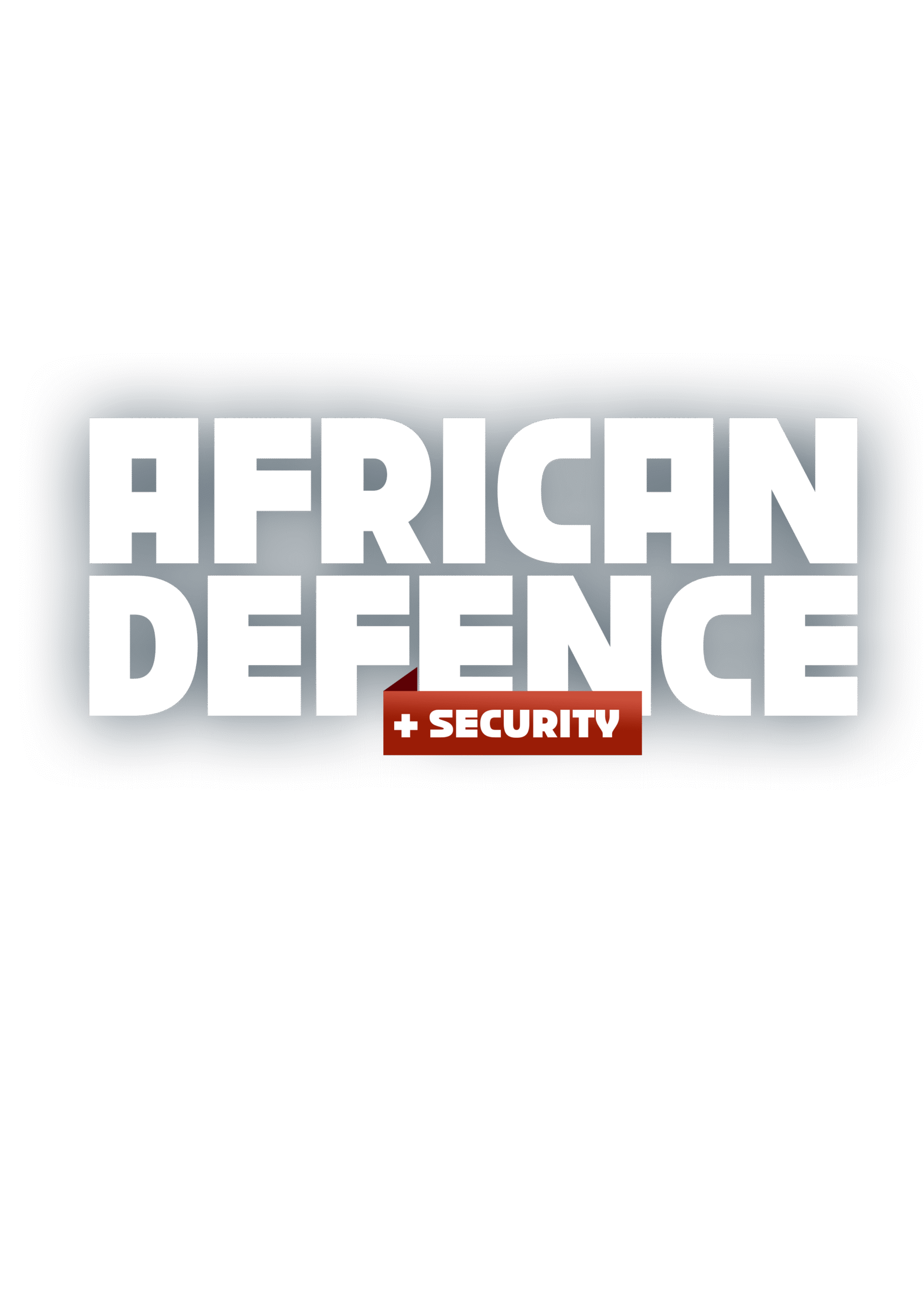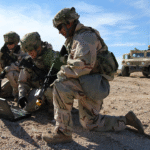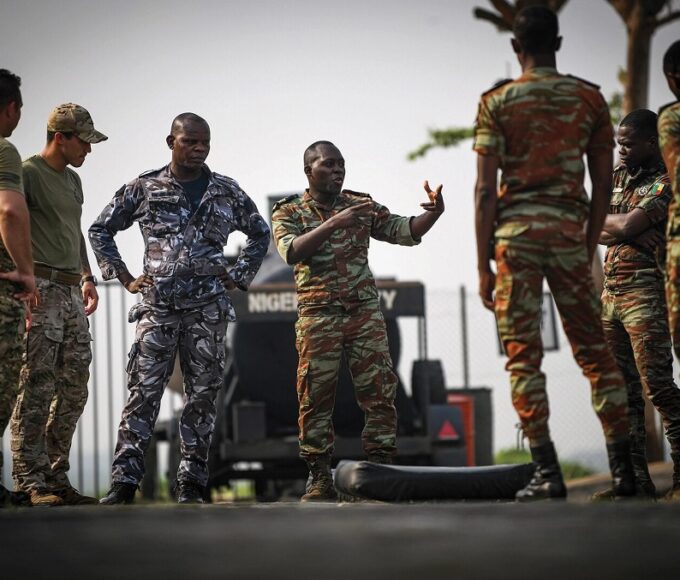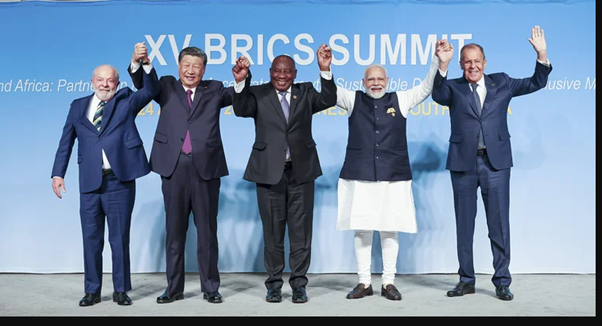Africa and NATO: Evolving Strategic Partnerships and Interests
For NATO and Africa alike, the future lies not in intervention, but in integration: integrating strategies, intelligence, capabilities, and above all, trust. Only then can this evolving partnership become a true pillar of global peace and stability.
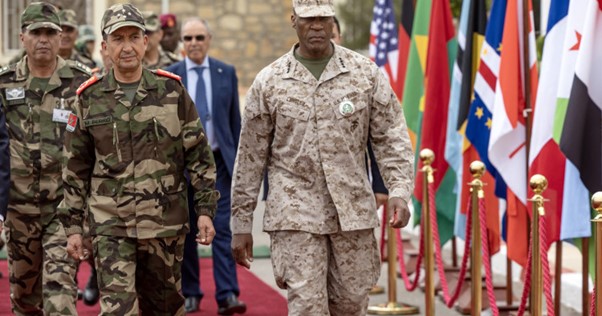
In the aftermath of the Cold War, the global security architecture shifted dramatically, compelling traditional military alliances to reassess and redefine their roles. Among them, the North Atlantic Treaty Organization (NATO)—a 31-member intergovernmental military alliance formed in 1949—has increasingly pivoted towards engagement beyond its transatlantic borders. One of the most complex and strategically significant of these emerging partnerships is with Africa. As geopolitical rivalries intensify, terrorism mutates, and climate-security risks escalate, Africa has emerged as a vital theatre for NATO’s evolving global engagement.
This article explores the contours of NATO’s engagement in Africa, unpacking its history, emerging interests, and the strategic recalibration underpinning its increasingly visible presence on the continent.
Historical Context: Limited Engagement, Expanding Horizons
NATO’s initial posture toward Africa was largely peripheral. The alliance’s geographic mandate, framed by Article 5 of the NATO Charter, emphasised mutual defence within the North Atlantic area. For decades, this meant that Africa—despite its proximity to southern European NATO members—remained outside the alliance’s direct scope. However, events in the early 21st century, particularly the rise of terrorism and mass migration across the Mediterranean, changed this calculus.
The post-9/11 era marked a turning point. NATO’s Mediterranean Dialogue, initiated in 1994, and the Istanbul Cooperation Initiative (ICI) of 2004, laid the groundwork for structured dialogue with North African nations, including Egypt, Algeria, Tunisia, and Morocco. The alliance recognised that instability in North Africa had direct security implications for Europe and NATO’s southern flank.
Libya 2011: NATO’s First African Operation
The most prominent military engagement between NATO and the African continent occurred in 2011 during Operation Unified Protector. Under the authority of United Nations Security Council Resolution 1973, NATO enforced a no-fly zone over Libya and conducted airstrikes to protect civilians during the uprising against Muammar Gaddafi. The operation lasted from March to October 2011, involving 260 air assets from 18 nations and over 26,000 sorties.
While successful in meeting its tactical objectives, the intervention drew criticism for its strategic fallout. Libya descended into chaos post-Gaddafi, spawning militias, a refugee crisis, and a corridor for arms and jihadist movements into the Sahel. The operation exposed the limits of military force without a coherent political strategy, a lesson NATO has since internalised in its Africa engagements.
Contemporary Drivers of Engagement
1. Terrorism and Violent Extremism
Africa now hosts some of the world’s fastest-growing and deadliest terror groups. According to the Global Terrorism Index 2024, Sub-Saharan Africa accounted for 47% of all terrorism-related deaths globally in 2023, with countries like Burkina Faso, Mali, Somalia, Nigeria, and the Democratic Republic of the Congo experiencing significant violence.
NATO’s counterterrorism efforts in Africa remain indirect but supportive. Through intelligence-sharing and capacity building—particularly with African Union (AU) and European Union (EU) missions—NATO assists African militaries in strengthening their defence postures. For example, the NATO Strategic Direction-South (NSD-S) Hub, established in Naples in 2017, acts as a platform for coordinating non-combat cooperation between NATO and African partners.
2. Geostrategic Competition
Africa has become a new theatre for great-power rivalry. China’s Belt and Road Initiative (BRI), Russia’s expanding military footprint through the Wagner Group (recently rebranded as Africa Corps in 2024), and increased naval bases in the Red Sea and Gulf of Guinea are reshaping regional power dynamics.
For NATO, the concern is not just ideological but operational. NATO Secretary-General Jens Stoltenberg, in his March 2024 statement, noted that “Africa’s stability is crucial to Europe’s security,” citing increased Russian disinformation and military influence in Mali, CAR, and Sudan as a strategic red flag.
3. Maritime Security
Africa’s vast coastlines—from the Gulf of Aden to the Gulf of Guinea—are critical chokepoints for global trade. Piracy, illegal fishing, and smuggling threaten the stability of maritime corridors. NATO’s Operation Ocean Shield (2009–2016) played a critical role in reducing piracy off the Horn of Africa, collaborating with navies from Kenya, Djibouti, and Seychelles.
Although the operation ended in 2016, NATO continues to monitor maritime threats and supports African-led initiatives like the Yaoundé Code of Conduct (2013) for West and Central Africa’s maritime security.
Strategic Dialogue with the African Union
One of NATO’s most substantive partnerships on the continent is with the African Union. In 2005, NATO began airlifting AU peacekeepers into Darfur (Sudan) as part of its first direct logistical support to the AU. Since then, cooperation has expanded to include training, strategic airlift, and planning support to AU-led peace operations.
In 2023, NATO and the AU signed a renewed agreement on enhancing military cooperation, cybersecurity training, and joint responses to disinformation. This followed a 2022 high-level visit to Addis Ababa by NATO Deputy Secretary-General Mircea Geoană, who underscored the need for “African solutions to African problems,” backed by global partnerships.
Capacity Building and Cybersecurity
A critical aspect of NATO’s work in Africa lies in capacity building, with a growing emphasis on cybersecurity. As African militaries digitise their operations, cyber vulnerabilities have become a significant concern. NATO’s 2024 Cyber Defence Pledge Review highlighted Nigeria, Kenya, and Morocco as priority partners for cyber resilience training.
In partnership with the Defence Institution Building School in Ghana, NATO launched a pilot programme in 2023 that trained over 120 African officers in cyber hygiene, counter-disinformation, and digital battlefield awareness. Such initiatives are essential to future-proofing Africa’s security institutions.
Challenges and Criticism
Despite growing cooperation, NATO’s engagement in Africa is not without criticism. Several African leaders express concern over militarisation and the perception of external interference. Critics argue that NATO’s involvement risks sidelining regional bodies such as ECOWAS, SADC, and IGAD, which are more attuned to local realities.
Moreover, the alliance’s credibility in Africa has been undermined by perceived double standards—especially regarding interventionism, selective partnerships, and historical colonial ties through some of its European members.
The Road Ahead
As NATO prepares for its 75th anniversary summit in Washington in July 2025, the alliance is expected to unveil a new Global South Strategy. Leaks suggest this strategy will include a dedicated framework for long-term partnership with Africa—emphasising climate-security nexus, women in peacekeeping, counterterrorism, and joint research on emerging threats.
In tandem, the African Union is also developing its own 2040 Peace and Security Architecture (APSA) roadmap, where NATO is being considered a “technical partner” for select aspects of implementation.
Africa’s importance to NATO is no longer marginal—it is structural. From North Africa’s proximity to Europe, to the Sahel’s role in transnational jihad, to the continent’s rising role in global governance, NATO’s strategic lens has widened. However, sustainable partnership will depend on mutual respect, local ownership, and an understanding that security is multidimensional—military tools alone are insufficient.
For NATO and Africa alike, the future lies not in intervention, but in integration: integrating strategies, intelligence, capabilities, and above all, trust. Only then can this evolving partnership become a true pillar of global peace and stability.
Key Figures at a Glance (2024):
• 47% of global terrorism deaths occurred in Sub-Saharan Africa
• NATO comprises 31 member states as of 2024
• Over 120 African officers trained under NATO cyber initiatives (2023)
• Operation Unified Protector (Libya, 2011): 26,000 sorties, 260 aircraft
• NSD-S Hub launched in Naples, 2017
Recent Posts
Categories
- Air & Aerospace16
- Border Security15
- Civil Security4
- Civil Wars4
- Crisis5
- Cyber Security8
- Defense18
- Diplomacy19
- Entrepreneurship1
- Events5
- Global Security Watch6
- Industry8
- Land & Army8
- Leadership & Training5
- Military Aviation5
- Military History27
- Military Speeches1
- More1
- Naval & Maritime9
- Resources2
- Security12
- Special Forces1
- Systems And Technology9
- Tech6
- Uncategorized3
- UNSC1
- Veterans6
- Women in Defence9
Related Articles
GLOBAL SECURITY WATCH – LESSONS FROM NATO FOR AFRICAN REGIONAL DEFENCE COOPERATION
Formed in 1949, the North Atlantic Treaty Organization (NATO) remains the world’s...
ByKing Richard Igimoh, Group Editor ALONovember 4, 2025The BRICS Military Influence: New Alignments, New Threats?
Once seen primarily as an economic bloc with aspirations of reshaping global...
Byadmag_adminJune 27, 2025The Red Sea Corridor: International Naval Presence and African Sovereignty
Few maritime spaces in the world today are as contested, congested, and...
Byadmag_adminJune 27, 2025Cyberwarfare in the Global South: Lessons for Africa from Abroad
In today’s digitised battlefield, firewalls are as critical as frontlines, and cyberweapons...
Byadmag_adminJune 26, 2025
